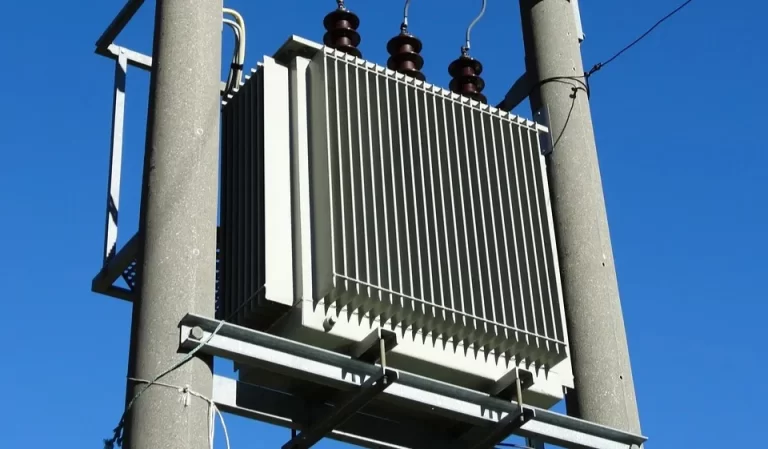Testing a dry-type transformer is essential to ensure its proper functioning, adherence to specifications, and to identify any potential issues. The testing process may involve a combination of routine tests, type tests, and special tests. Here are some common methods for testing a dry-type transformer:
- Insulation Resistance Test:
- Measure the insulation resistance of the windings using a megohmmeter (megger). This test helps assess the insulation condition. The transformer windings should have a high insulation resistance value.
- Turns Ratio Test:
- Verify the turns ratio of the transformer by applying a known voltage to the primary winding and measuring the output voltage on the secondary winding. This ensures that the transformer is providing the correct voltage transformation.
- Polarity Test:
- Confirm the polarity of the windings to ensure that the primary and secondary connections are correct. This is crucial for the proper functioning of the transformer.
- Winding Resistance Test:
- Measure the DC resistance of the primary and secondary windings. Deviations from the expected values could indicate issues such as loose connections or faulty windings.
- Short Circuit Test:
- Apply a low-voltage, high-current short circuit to the secondary winding while keeping the primary winding energized. This test helps assess the transformer’s ability to withstand short circuit conditions.
- Open Circuit Test:
- Apply rated voltage to the primary winding while leaving the secondary winding open. This test is conducted to determine core losses and no-load current.
- Load Loss and Impedance Test:
- Apply rated voltage to the primary winding and load the secondary winding to its rated current. Measure the load loss and calculate the impedance. This test helps determine the transformer’s efficiency and voltage regulation.
- Dielectric Strength Test:
- Perform a dielectric strength test by applying a higher than normal voltage for a short duration to ensure that the insulation can withstand high voltage stresses.
- Partial Discharge Measurement:
- Use specialized equipment to measure partial discharge activity within the transformer. Excessive partial discharge can indicate insulation issues.
- Temperature Rise Test:
- Monitor the temperature rise of the transformer during normal operating conditions. The temperature rise should not exceed specified limits.
- Sound Level Measurement:
- Measure the sound level produced by the transformer during operation. High noise levels may indicate issues such as loose laminations.
Always follow safety guidelines and manufacturer recommendations during testing. Additionally, testing procedures may vary based on the transformer’s design, rating, and application. It’s advisable to consult the transformer manufacturer’s documentation for specific testing instructions and parameters. Qualified and experienced personnel should conduct the tests to ensure accurate and reliable results.


